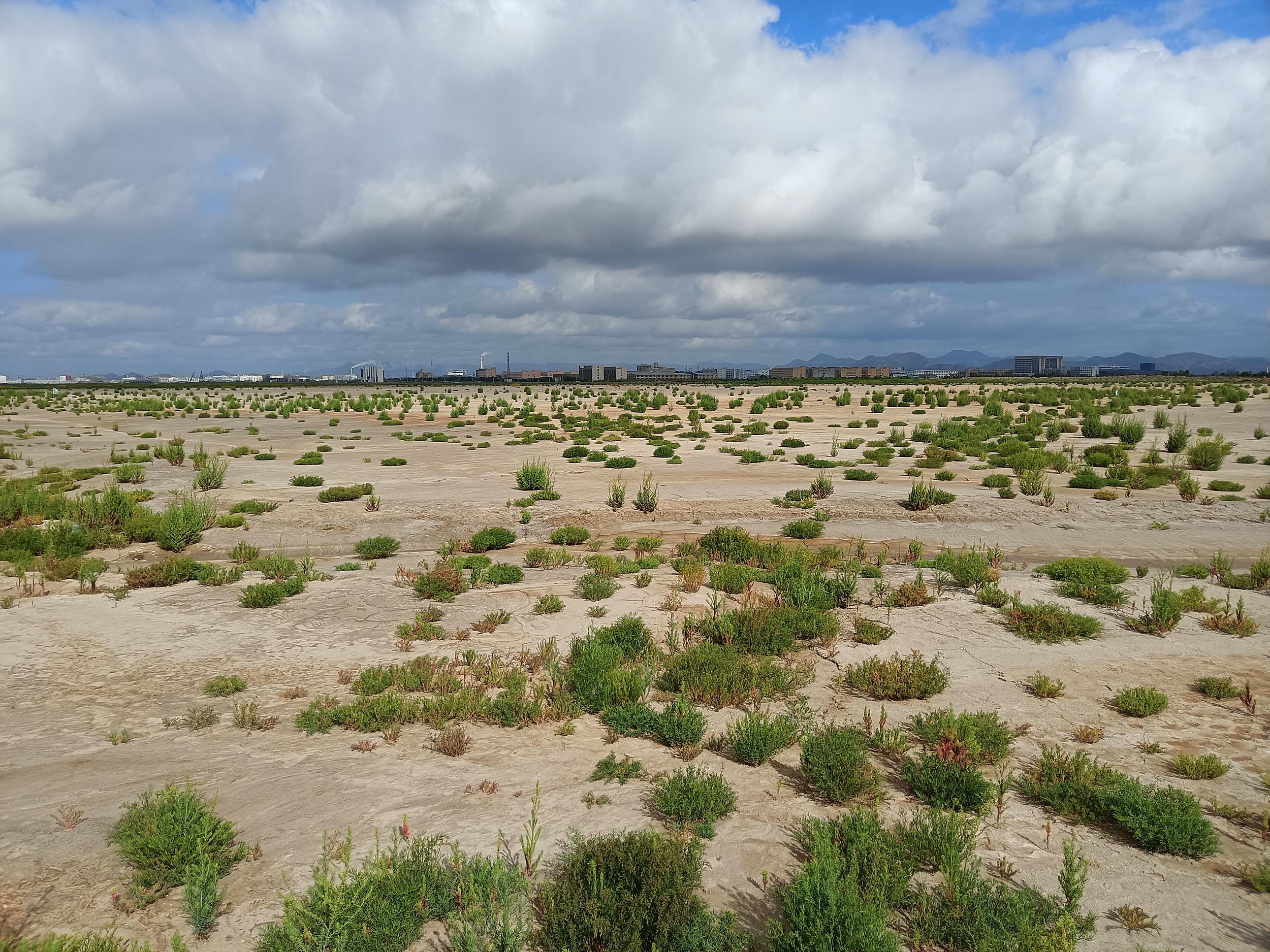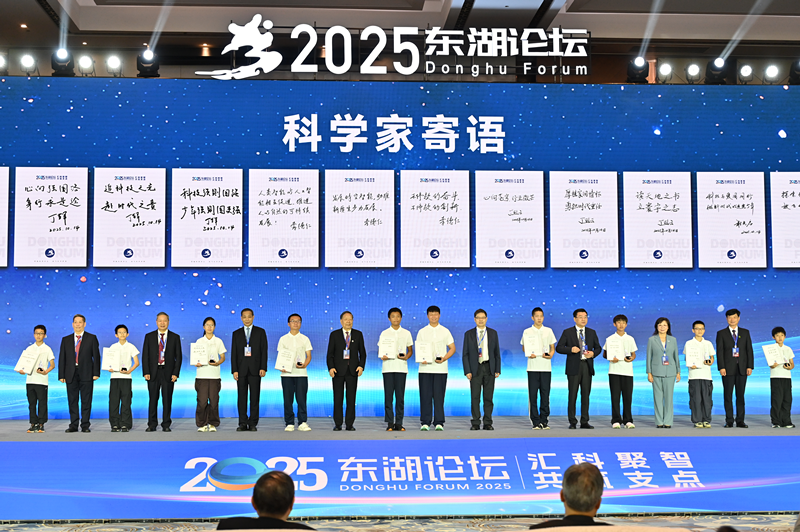Biomimetic Fabric Delivers Instant Warmth and Exceptional Durability

A research team led by Professor Feng Wei of Tianjin University has developed a new molecular solar-thermal (MOST) fabric that combines efficient photothermal conversion with outstanding mechanical strength.
The innovation, inspired by the "salt absorption and secretion" mechanism of halophytic plants, marks a breakthrough in wearable heat management technologies. The findings were recently published in Advanced Materials.
Enhancing both the mechanical robustness and thermal regulation capability of MOST fabrics had long posed a challenge. Existing materials often achieve strong solar-to-heat conversion at the cost of flexibility and durability.
Drawing inspiration from salt-tolerant plants that thrive in saline-alkali soils, the team devised a biomimetic design that enables simultaneous improvement in light-to-heat efficiency and structural resilience — solving the long-standing trade-off between performance and durability.
Laboratory tests demonstrated remarkable results. Under 420-nanometer blue light, the fabric's temperature rose by 25.5 ℃ within 70 seconds, and even under simulated sunlight at -20 ℃, it heated up by 21.2 ℃ in just 50 seconds. The material also exhibited exceptional endurance — retaining over 90 percent of its photothermal efficiency after 50 friction cycles, 500 stretch-bend tests, and 72 hours of continuous washing — overcoming the poor stability and short lifespan typical of conventional MOST materials.
Moreover, the fabric allows precise thermal control by adjusting light intensity, making it suitable for both everyday warmth and localized heat therapy, such as arthritis patients.
"The core of this research lies in translating nature's adaptive biological mechanisms into material performance regulation strategies," Feng said.
According to him, this biomimetic approach not only offers a scalable route for producing MOST fabrics but also redefines the boundaries of wearable thermal management.







